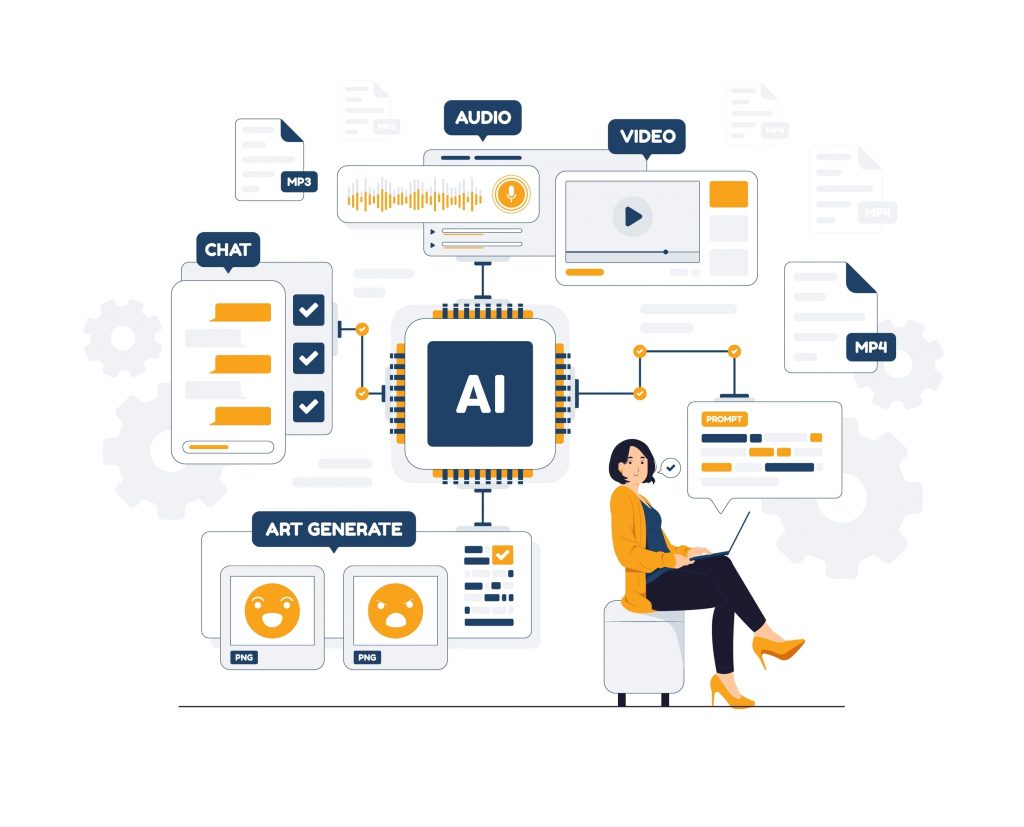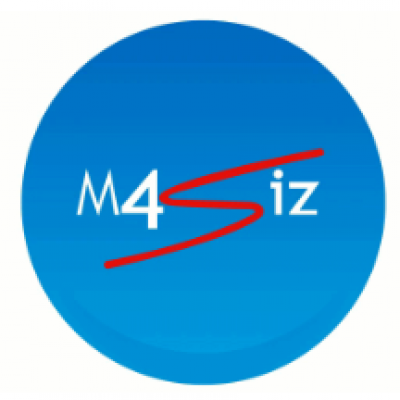
Generative AI the new paradigm
Generative AI models have triggered a transformative wave in the world of technology and automation. As these models increasingly find their way into online tools and chatbots, the implications are far-reaching, promising new paradigms, applications, and a reshaped workforce. In this blog, we’ll explore the impact of Generative AI, delve into its emerging applications, and contemplate the potential changes in the workforce by 2030. In a recent KPMG survey of industry sectors on the impact of generative AI resulted in 77% of respondents believe it will impact their business and 73% belief it will impact and improve workforce productivity.
Unleashing the Power of Generative AI
Generative AI, a subset of artificial intelligence, is the engine behind machines that can generate text, images, code, or various other forms of content in response to prompts from users. What makes it truly remarkable is its ability to produce human-like responses, creating the illusion of interacting with a knowledgeable and creative entity.
The integration of Generative AI into online tools and chatbots has opened new doors, creating a plethora of innovative applications across various domains. Let’s explore some of these exciting developments:
New Paradigms and Applications
1. Content Creation and Assistance
Generative AI can assist content creators, writers, and marketers in generating ideas, crafting high-quality content, and even automating tasks like SEO optimization. This not only enhances efficiency but also reduces the time spent on mundane tasks.
2. Customer Support and Chatbots
In customer service, Generative AI-powered chatbots can provide swift and accurate responses to common queries, significantly reducing the burden on human customer service agents. This translates to faster customer service and increased satisfaction.
3. Software Development
Generative AI is becoming a developer’s best friend. It can review and suggest code completions, highlight potential errors, and improve code quality. The result is cleaner, more efficient code, saving developers time and effort.
4. Healthcare and Research
In the medical field, Generative AI is accelerating drug discovery and aiding in data analysis. It’s also being used for transcribing patient consultations, simplifying administrative tasks, and contributing to the seamless management of electronic health records.
5. Personalization in Marketing
Generative AI allows businesses to tailor marketing campaigns and content to individual preferences by analyzing vast datasets. This personalization can lead to higher engagement and conversion rates.
6. Education
Generative AI is making strides in education by creating customized learning materials that cater to individual learning styles. It’s a promising tool for educators to provide more engaging and effective learning experiences.
Shaping the Workforce of 2030
The rapid advancement of Generative AI raises questions about its impact on the job market and the nature of work. Will human jobs be affected, and if so, what will the modern workforce look like in 2030?
1. Automation and Job Displacement
Generative AI’s automation capabilities may lead to certain job displacement. Routine, repetitive tasks that can be automated may be at risk. Jobs such as clerks, retail salespersons, administrative assistants, and cashiers could see significant changes.
2. Augmentation, Not Replacement
However, it’s important to note that Generative AI is not necessarily a job killer. Instead, it has the potential to augment human capabilities. It can handle repetitive tasks, allowing humans to focus on more strategic, creative, and complex aspects of their work.
3. The Evolving Workforce
The workforce of 2030 is likely to be a blend of humans and AI, working collaboratively. Human employees will be responsible for critical decision-making, creativity, empathy, and tasks that require a deep understanding of context. AI, including Generative AI, will handle routine tasks, data analysis, and content generation.
4. Enhanced Productivity
The integration of Generative AI can result in significantly enhanced productivity. With AI handling repetitive and time-consuming tasks, human workers can channel their energy into higher-value tasks. The potential for innovation and problem-solving will be magnified, leading to overall productivity gains.
The Future Is Collaborative
In conclusion, Generative AI models integrated into online tools and chatbots are ushering in new paradigms of productivity and innovation. Rather than replacing human jobs, they are poised to augment our capabilities and transform the way we work. The workforce of 2030 will be characterized by collaboration between humans and AI, focusing on creativity, critical thinking, and complex decision-making. The future is not about man versus machine but about man and machine working hand in hand to achieve new levels of productivity and efficiency.
If you like what your read then let us know
Did you enjoy reading our great business insights page? Send us a review if you thought it worthwhile.
You will find lots of goodies on our Facebook page as well.
If you have any questions or want to explore a potential project with us, it is a simple reach out by phone or contact form.

